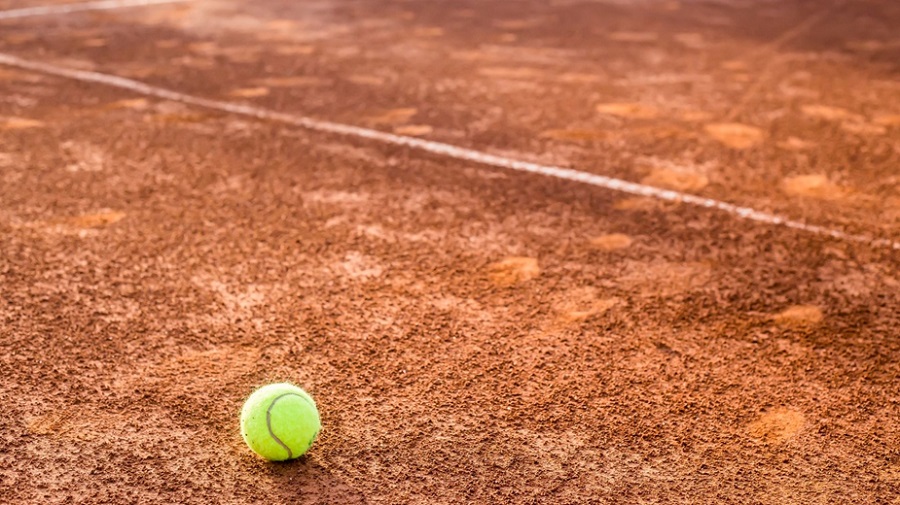Do you love the sound of a tennis ball bouncing off the court? Do you enjoy feeling the grass or dirt under your feet as you run to hit a winner? If so, then you may be wondering which type of court is best for you. The two most common types of tennis courts are clay and hard courts. Here is a breakdown of the differences between the two to help you decide which one is best for you.
What is a Clay Court?
Clay courts are made of crushed stone, shale, or brick. The surface is then covered with a thin layer of powdered clay, which helps to create a smooth surface. Clay courts are typically red, but they can also be green or blue. You’ll often see professional tournaments played on clay courts, as they are considered the “slowest” type of court. This means that the ball doesn’t bounce as high, which can make it easier to control. Clay courts also tend to be more forgiving on your joints and muscles, as the surface is softer than a hard court.
What is a Hard Court?
A hard-court is a tennis court that is made with a firm surface. It can be made of asphalt, concrete, or synthetic material like acrylic. The most common type of hard court is made of concrete. Hard courts are also classified as fast or slow, depending on how much they bounce the ball. Fast hard courts, like those at the US Open, have little to no bounce and are very difficult to play on. Plus, they benefit players who have a strong serve.
Which One is Best for You?
Now that you know the difference between clay and hard courts, which one is better for your tennis game? If you are a beginner, it is probably best to start on a hard court. Hard courts are less expensive and easier to maintain than clay courts. They also require less effort to play on because the ball does not bounce as high.
If you are an advanced player, you may want to consider playing on a clay court. Clay courts require more skill and strategy than hard courts. They also give players who hit the ball with a lot of topspin an advantage. If you have the opportunity to play on both types of surfaces, it is a good idea to try both and see which one you like better. You may also check out the guide to different types of tennis court surfaces so that you will be able to choose the right court for you.
To Conclude
Now that you know the difference between clay and hard courts, it is up to you to decide which one is best for your tennis game. And you may always consult with services for tennis court construction to get the best court for you. Now get out there and start playing!

